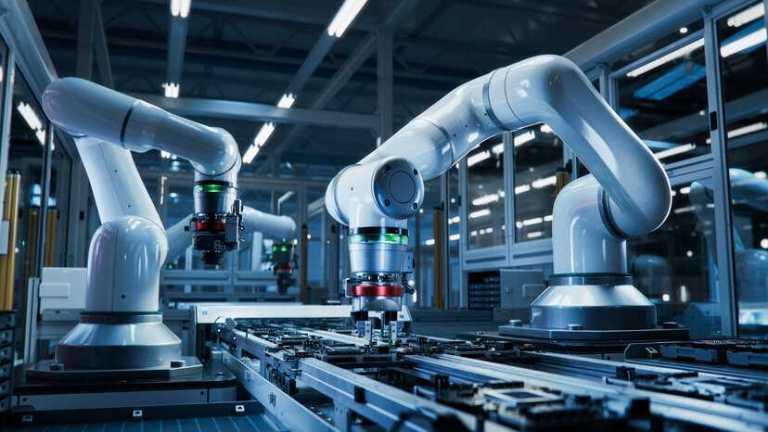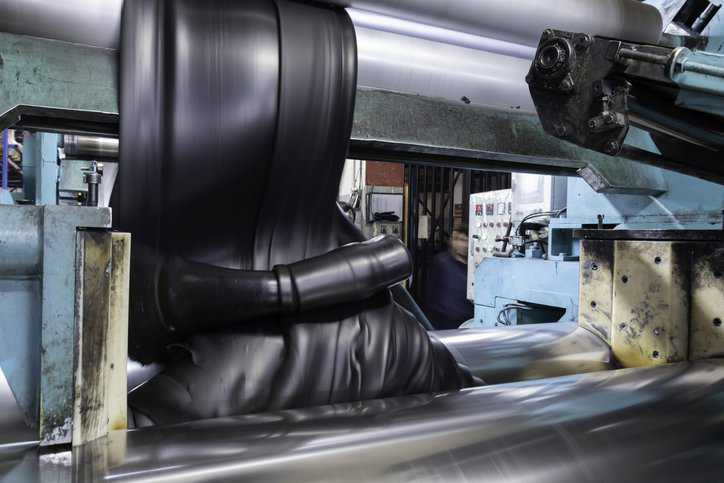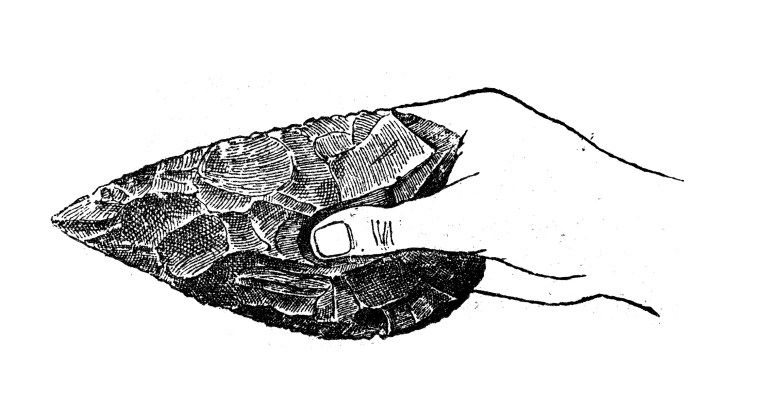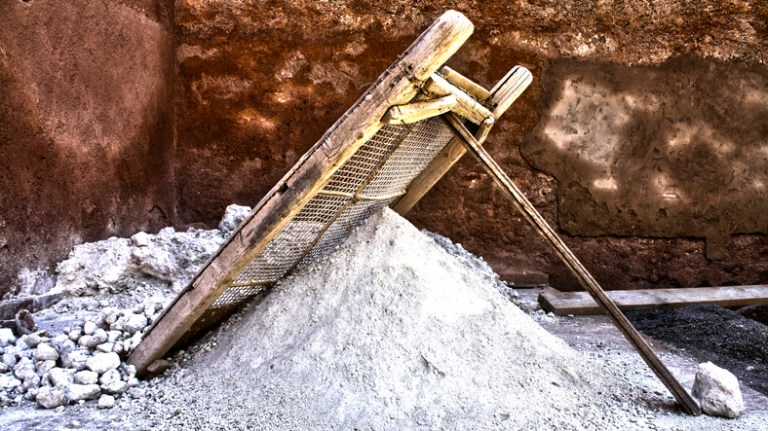Why Doesn’t the U.S. Use the Metric System?
Similar to language barriers, we also have to navigate different forms of measurement across the world via the use of conversions. Error, however, can arise…

Similar to language barriers, we also have to navigate different forms of measurement across the world via the use of conversions. Error, however, can arise…

From the primitive tools of prehistory to the complex machinery of the modern age, industry has been the driving force behind economic growth, technological advancement,…

In 1621, the Plymouth colonists from England and the Wampanoag people shared an autumn harvest feast, celebrating their first successful harvest in the New World….

99% of rubber is produced from rubber trees (Hevea brasiliensis). When cutting the bark of rubber trees, latex is produced, which is then converted into…

Standardization derives from the need to create a community that enhances not only the needs of an individual but all other contributing members. While standardization…

Thanks to practices in philology and related disciplines, languages subsumed, displaced, or superseded by contemporary languages or otherwise lost to time are accessible today. For…

Two hundred years ago, actors were literally “in the limelight.” Quicklime (calcium oxide), a chemical that once featured in naval warfare but today supports numerous…

Calcium oxide, a common chemical compound that appears as a white crystalline solid at room temperature, is easily attainable through the thermal decomposition of limestone….

The pulp and paper industry integrates different manufacturing and chemical processes to prepare a variety of products essential to modern society. To complete these processes,…